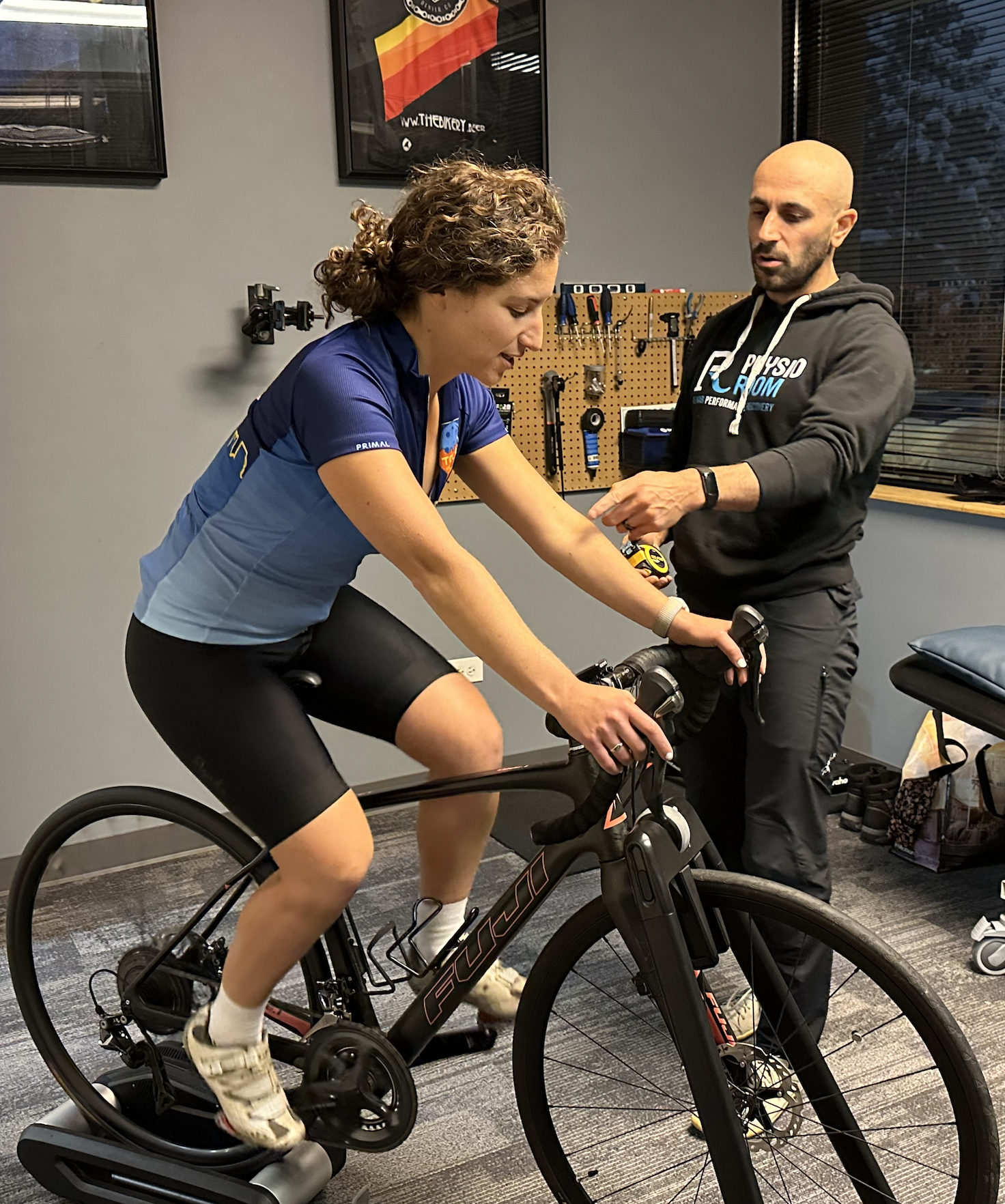Do you find yourself rushing to the bathroom multiple times in the morning, making sure you go one more time before you start your morning commute? Do you look at that 2 hour meeting with dread wondering if you will be able to sneak out for a quick bathroom break? Do you find yourself needing to go even though you just went? If you answered yes to any of the above questions you may be among the many women (and men) that suffer from urinary frequency and urge incontinence.
Healthy bathroom techniques include being able to hold your pee for 2-4 hours and going 5-8 times a day with 0-1 times per night. Each void should be for the count of about “8 Mississippi”. The actual act of voiding should be a relaxation of the pelvic floor muscles and not involve “pushing or straining” to get the urine out. The bladder itself contracts via a reflex to void.
Urinary frequency is simply urinating more frequently than normal. There are many things that can affect why your bladder sends the signal to void and this is not always based on volume, but can also include the intake of bladder irritants such as alcohol, carbonated beverages, caffeine and bathroom habits.
Urinary Incontinence is the involuntary loss of urine or leaking or lack of bladder control. This can be following a strong urge to urinate or from some sort of stress (coughing, sneezing, jumping, running).
If you find yourself rushing back and forth here are a few quick tips to help:
- Relax while you are peeing. This means sitting all the way down (not hovering) and if possible getting your knees higher than your hips so you can relax your pelvic floor.
- When you feel the urge to go, do 5 quick pelvic floor contractions and then distract yourself to increase the time between bathroom breaks.
- Tilt forward in your chair and make sure you have a neutral spine to take pressure off your bladder and use your pubic bone for support.
- Squeeze your thighs and knees together gently to give yourself some extra support.
- Take a few deep breaths to calm your anxiety before you go.
Oftentimes it is not that the pelvic floor muscles are not strong enough but that they don’t have the coordination or the length they need to get a good contraction. Just like any other muscle it is important to have both the contract and relax phase for good excursion of the pelvic floor muscles.





No responses yet